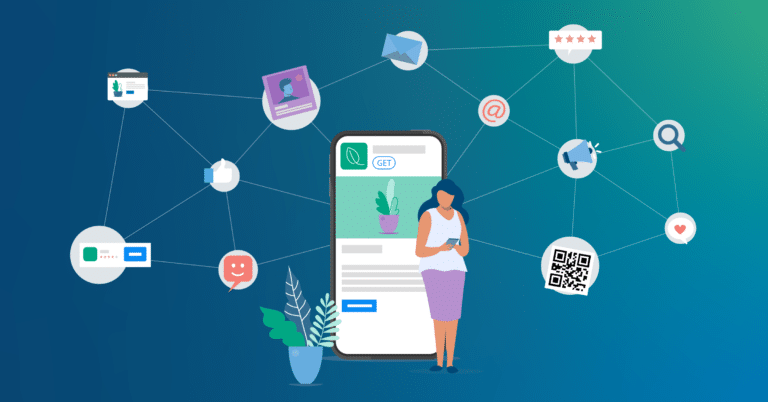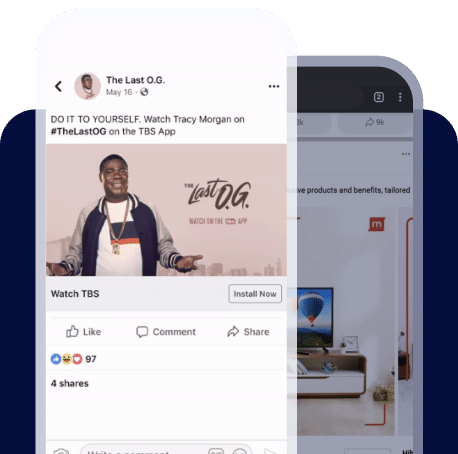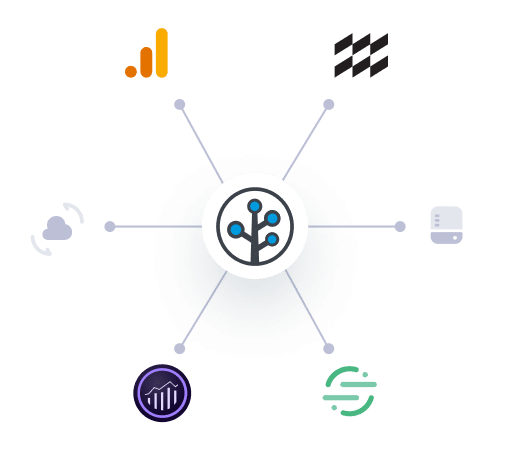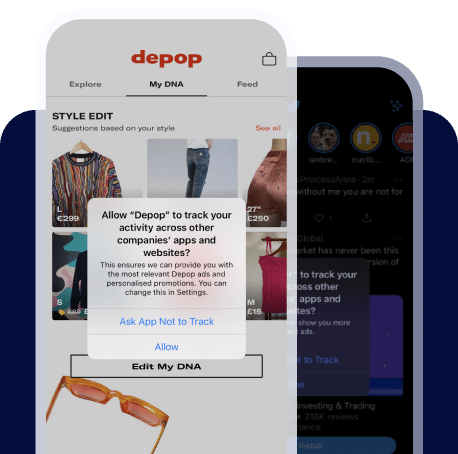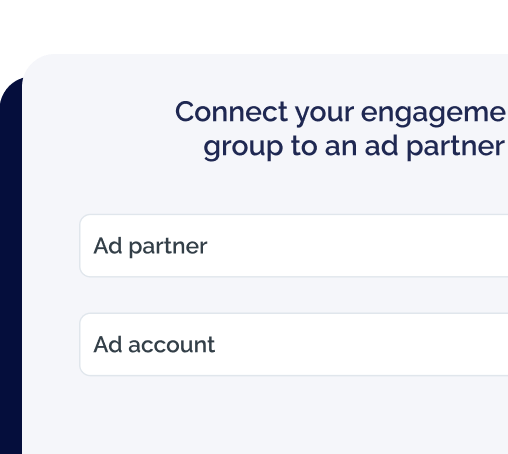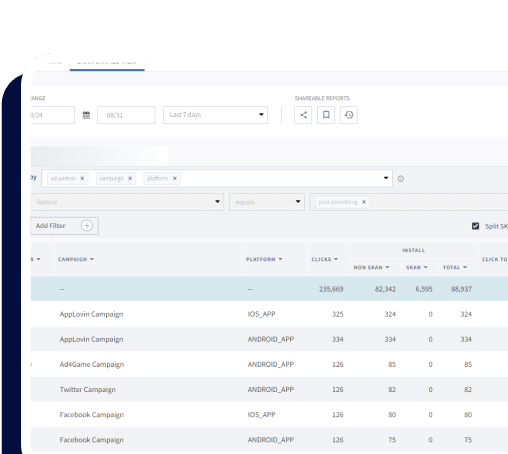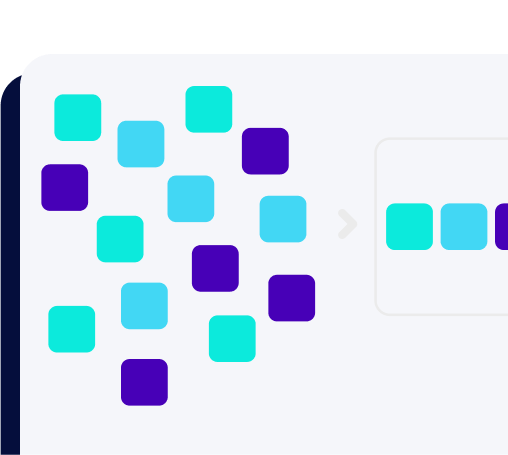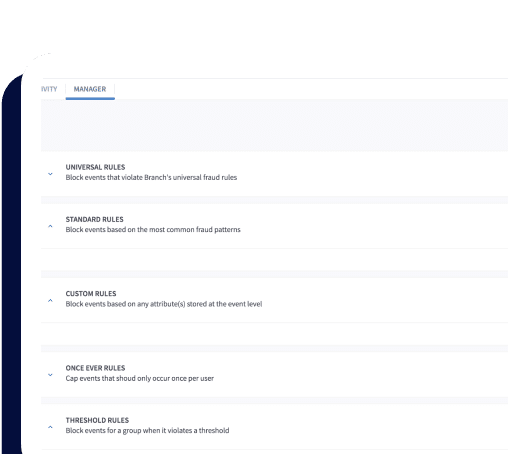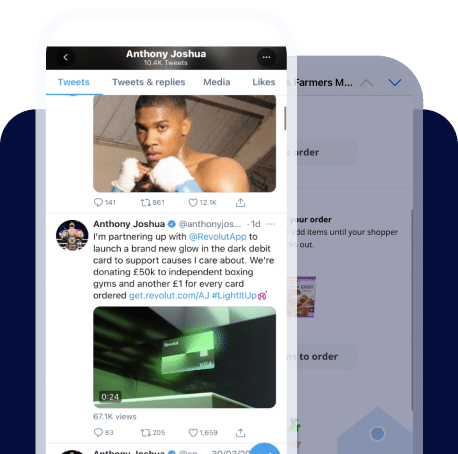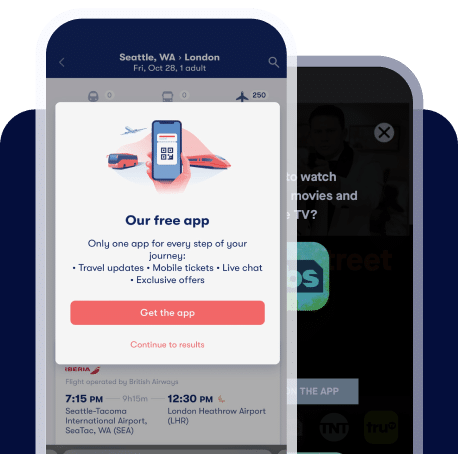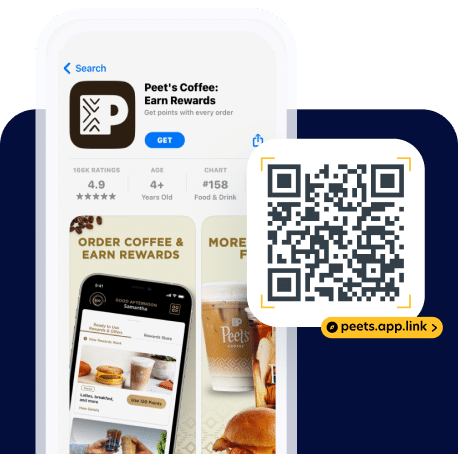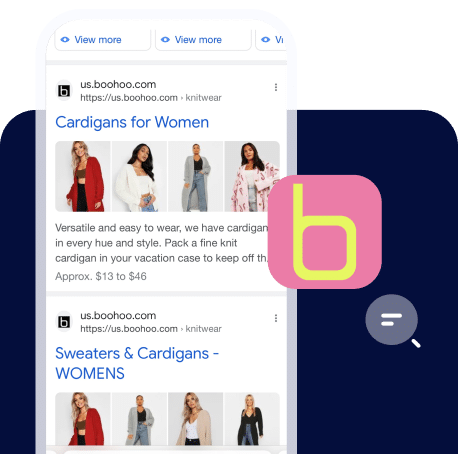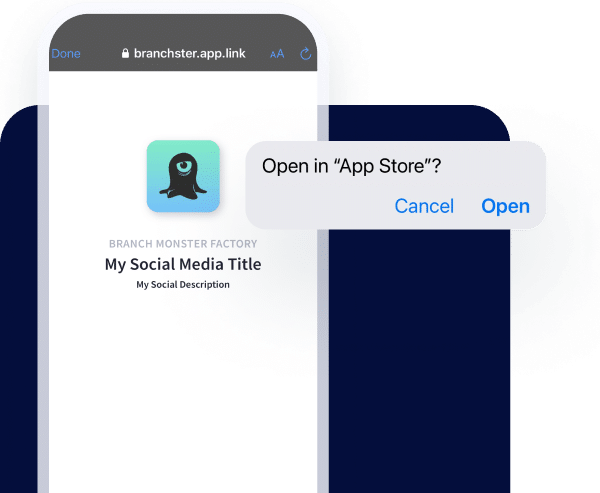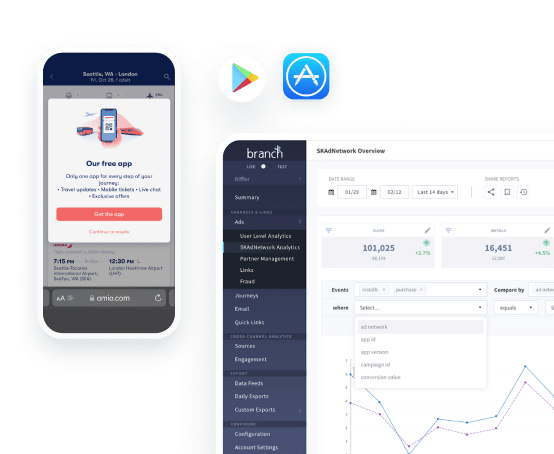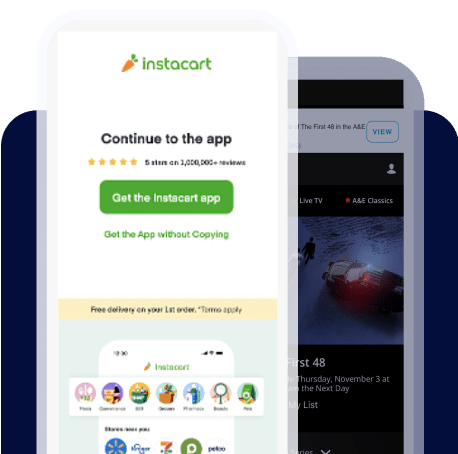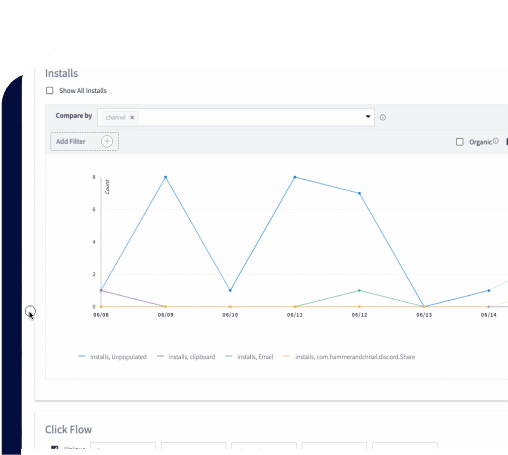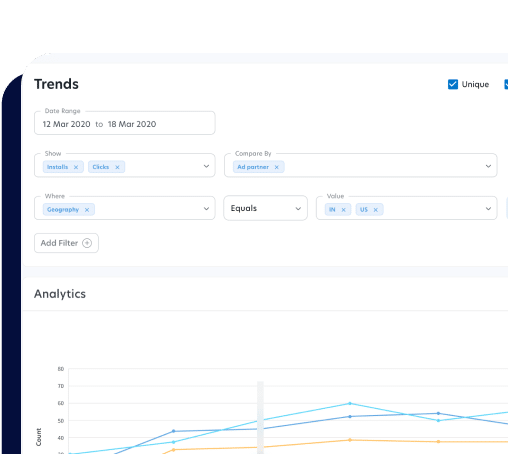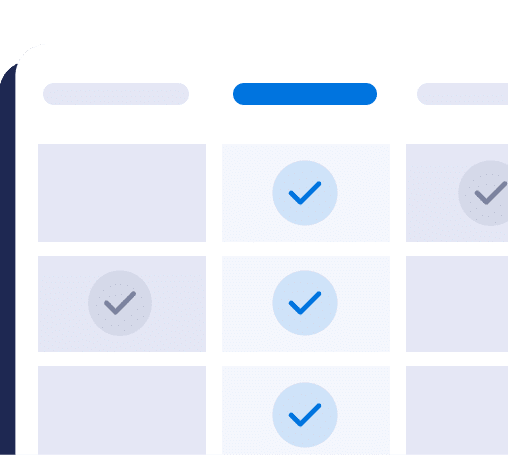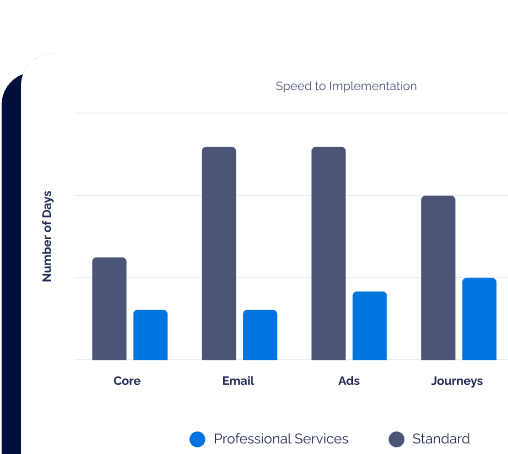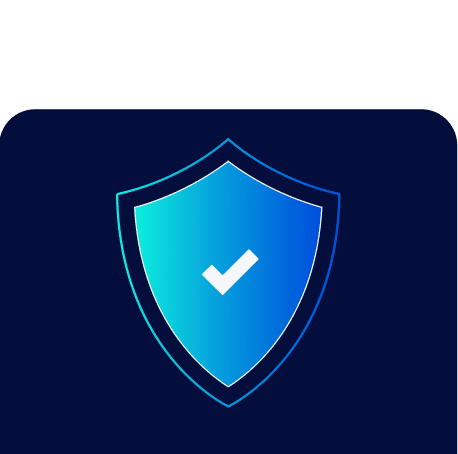What is app.link?
If you’re wondering what app.link is, you may have come across an app.link in the wild, similar to the .
App.link is an example of a deep link, which is a link that takes you to specific content in a mobile app to improve your experience. Companies use app.link to bring you directly to their app if you have it installed. If you don’t have the app, app.link routes you to the App Store to install. After you install and open the app, your place is automatically saved so you can continue to view your previous content without disruption.
If you suspect fraud or phishing via an app.link URL, please help us in combating this society-wide challenge by notifying us via our security reporting page.
Learn more about deep linking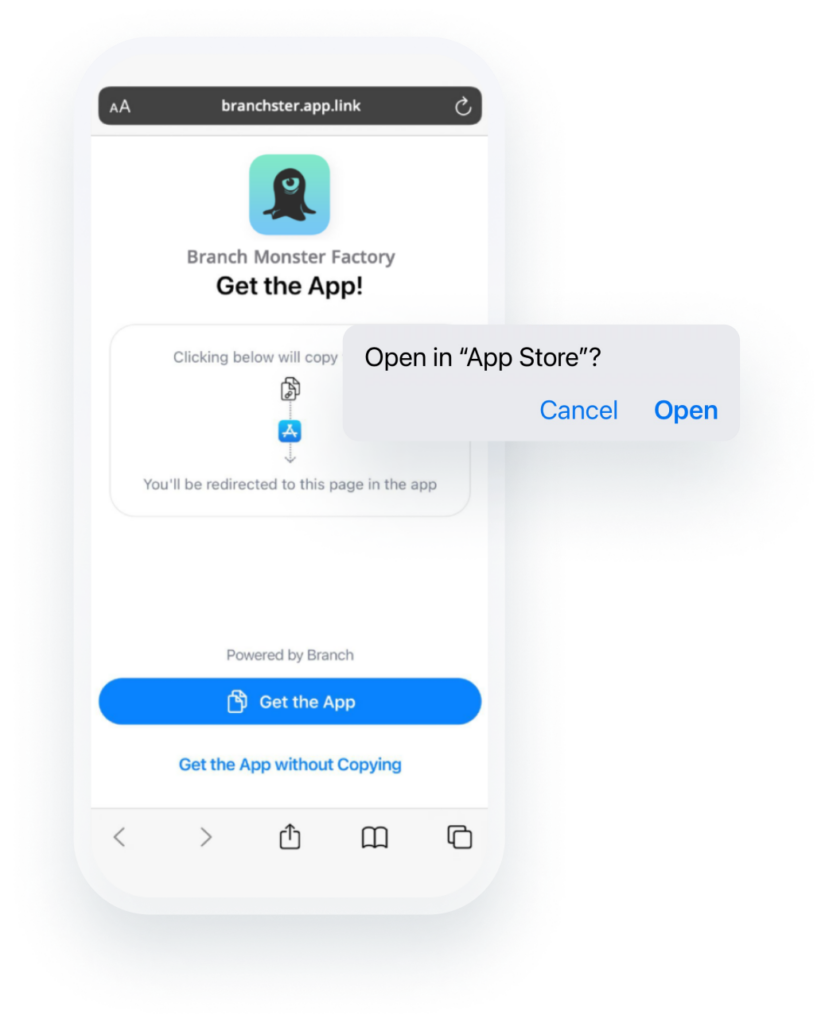
How does app.link help me as a user?
When you see app.link, you are seeing a deep link helping you get from wherever you are (on the mobile web, texting a friend, clicking on an email link, scanning a QR code) to an app.
Where can I find app.link?
App.link and deep links in general can be found on the mobile and desktop web, in social media, in ads, emails, SMS, and more.
The anatomy of app.link
When you see app.link, you are simply being rerouted to the app for a better experience! Mobile apps often load faster, are easier to use, and have more functionality than their mobile web counterparts. This makes your browsing, watching, shopping, viewing, or reading experience a lot easier.
When you see a screen like this on your iPhone after clicking a link on the mobile web, email, ad, etc, you can choose to view that same content within the app, or go to the app’s homepage.
If you choose to see the same content in the app, the link is copied to your iPhone Clipboard and you’re brought to the in-app content if you have the app installed.
Is this violating my privacy? How do I know this is secure?
Data collected to power app.link is never rented or sold. You can also choose to opt out of data collection related to app.link — learn more here.
What is Branch?
Branch creates deep links for companies to provide a great user experience for you. Branch powers links for more than 3 billion monthly users worldwide, and Branch’s links are used by brands like Adobe, BuzzFeed, Yelp, and many more.
When you see app.link, you are given the freedom to choose how you want to continue your experience — while knowing your privacy is protected.
Interested in learning even more about deep links?
Deep Linking Benefits And Best Practices
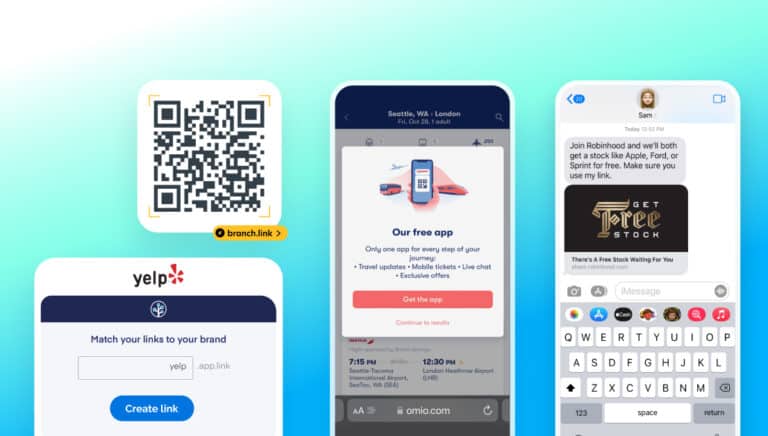
How To Find The Right Deep Linking Solution
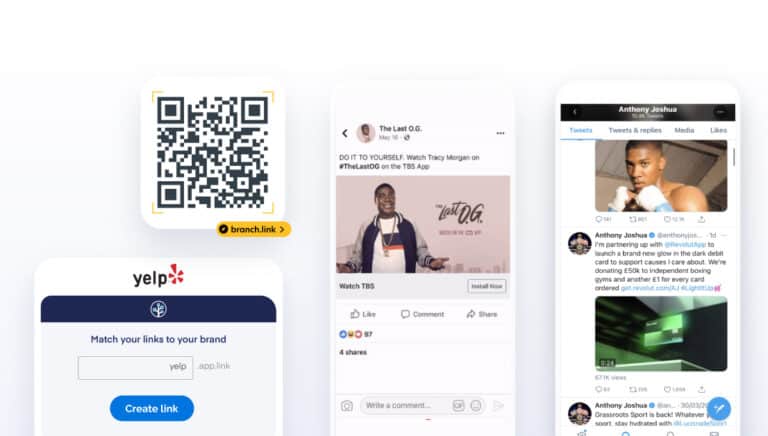
What Is a Mobile Linking Platform (MLP) and Why Do You Need One?
